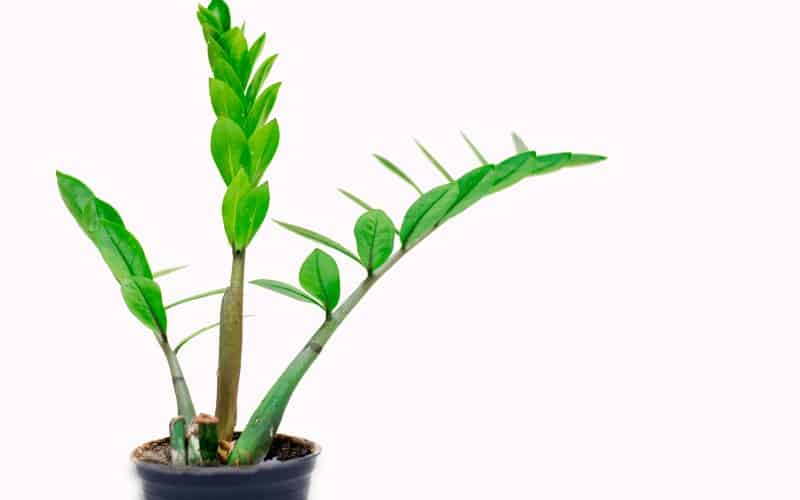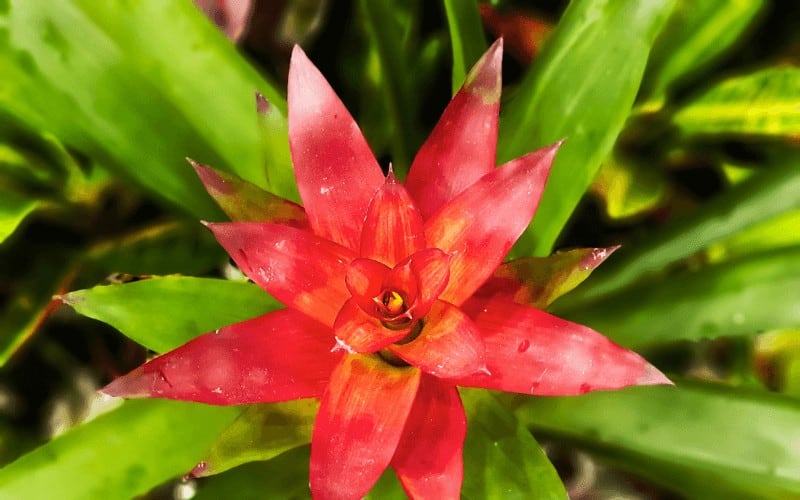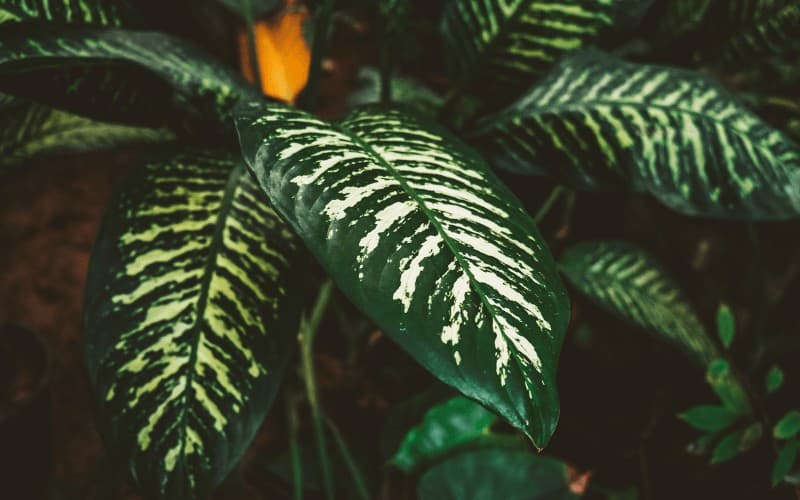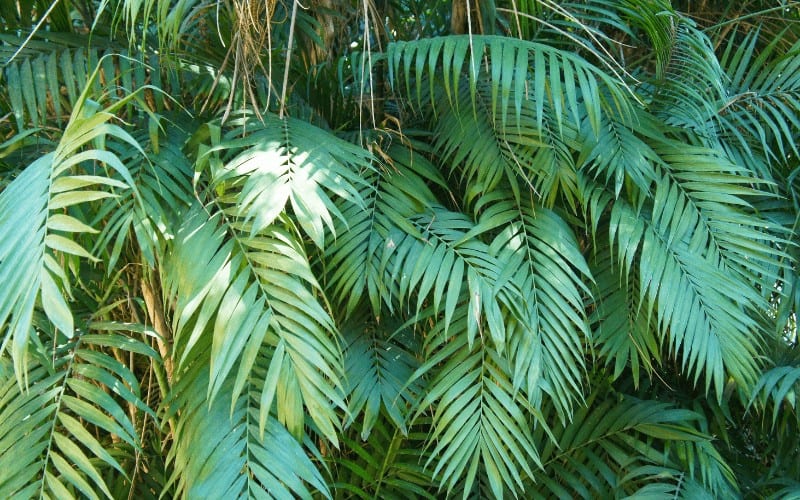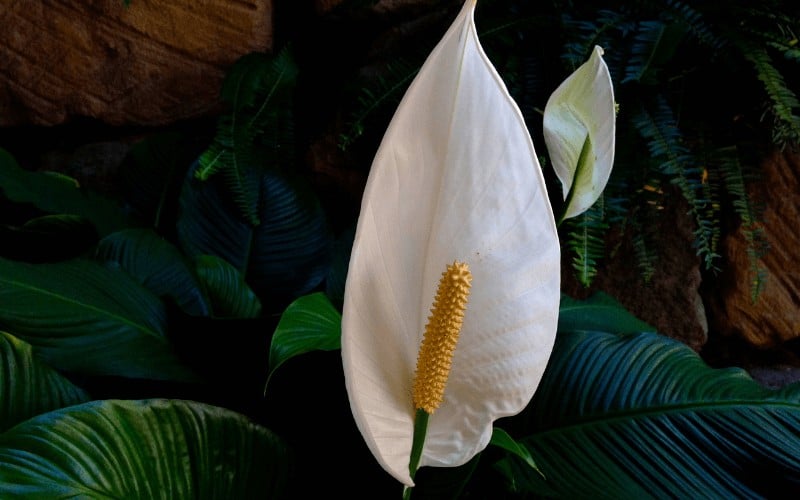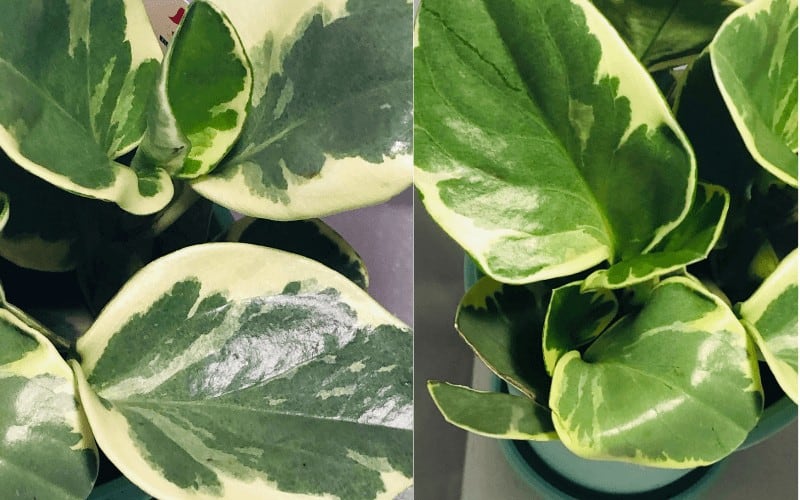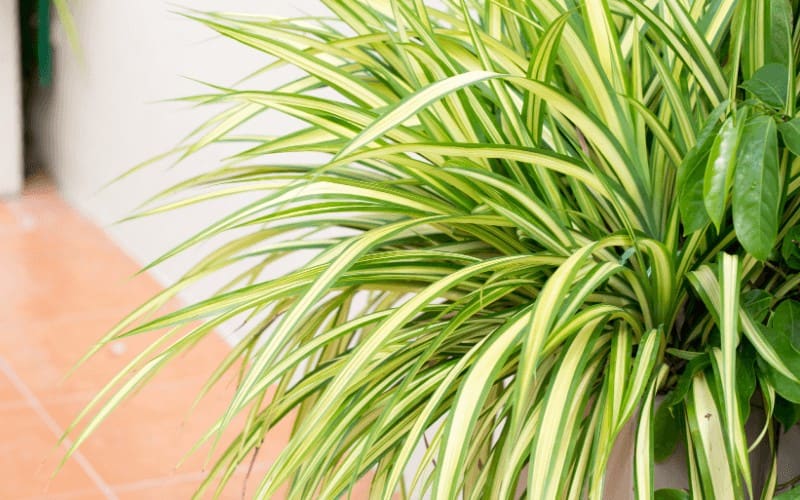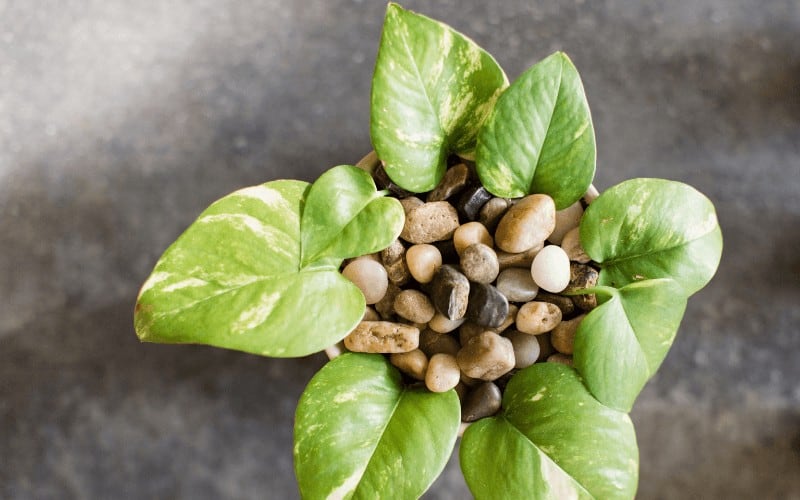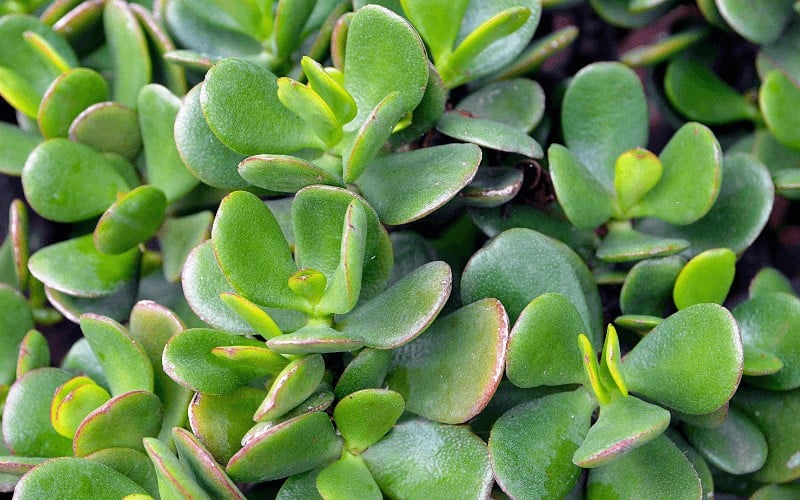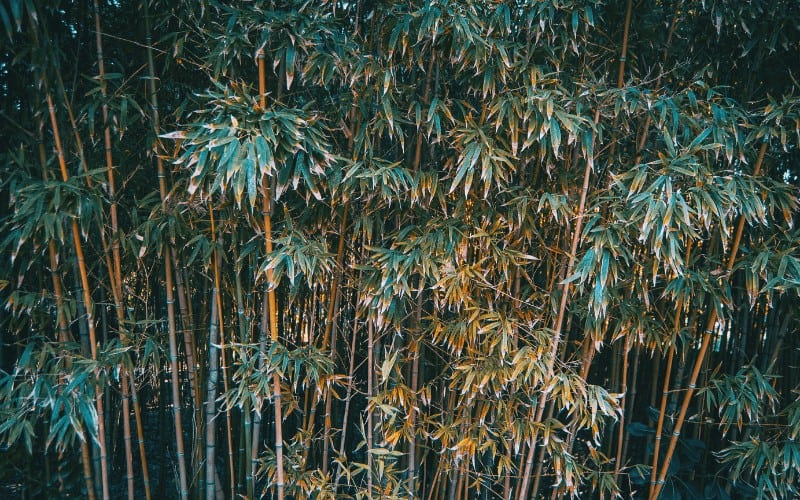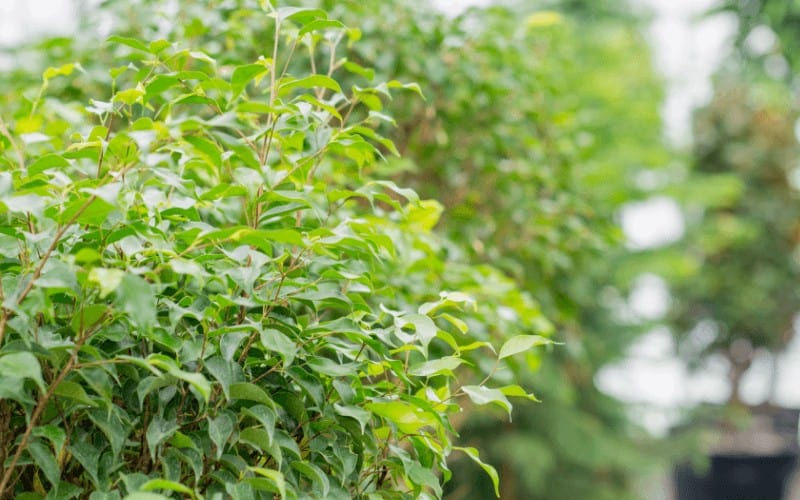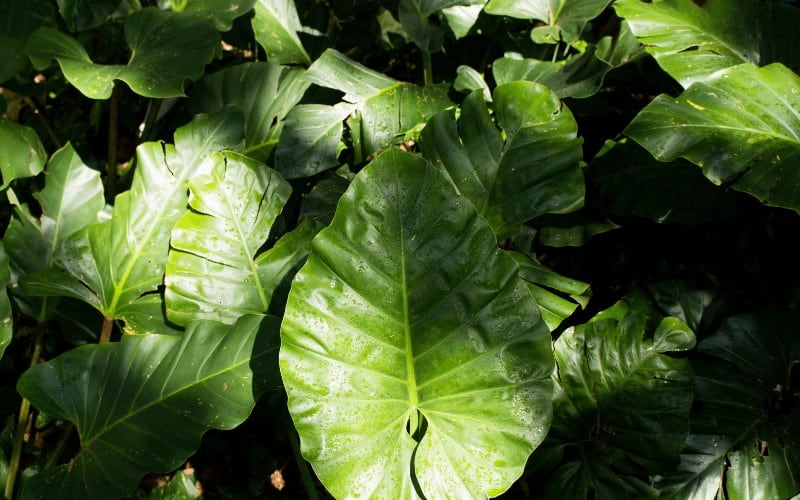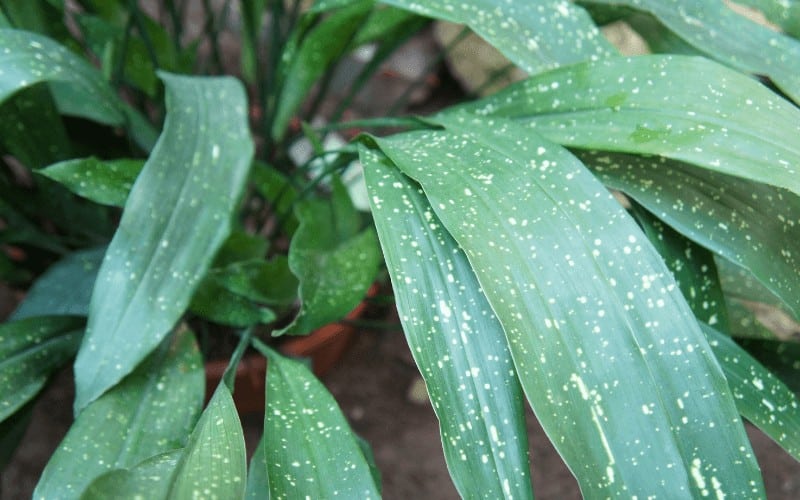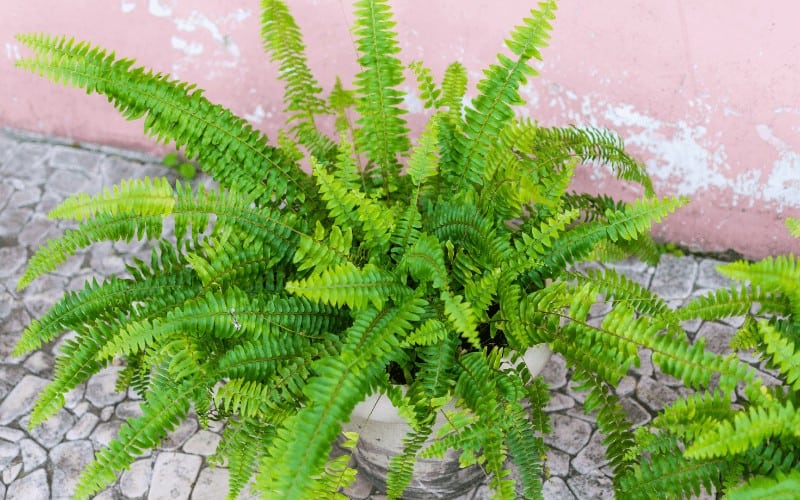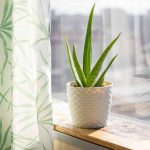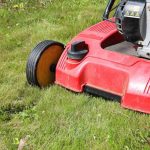We independently research and recommend the best products here. This article contains affiliate links. If you make a purchase after clicking on a link, we may earn a little commission at no extra cost to you.
Basic biology teaches that plants need light to grow, function properly, and ultimately, produce food. The presence or lack thereof, of light, determines to a large extent how the plant will grow.
We see this plant need for light when a seed germinates and sprouts out of the darkness in the ground towards the direction of sunlight. We can also observe that most plants in dark places tend to grow towards the light, a behavior known as phototropism.
Fluorescent lights are a great alternative for plants that do not really require lots of light for them to grow. They are a fantastic choice when growing vegetables in your port.
They are energy efficient and would serve you well. In this article, we would explore 15 plants that grow in fluorescent light.
Table of Contents
15 Plants that Grow in Fluorescent Light
1. Zamioculcasi (ZZ Plant)
The ZZ plant is a tough plant to get rid of. It has leaves that are waxy and beautifully green. The lush foliage makes it a wonderful decorative plant for the home or office. This is one of the plants that you can grow with fluorescent light.
This plant does not do well in the presence of really direct and strong light like the sunlight. The leaves will curl inwards and have chlorosis (the abnormal yellowing of leaves).
If you leave the plant for long in such bright and direct light, the leaves will begin to brown and dry up. As such this plant is best kept indoors and grown with a little amount of fluorescent light.
2. Bromeliaceae (Bromeliad)
This plant is one of the most colorful plants to use as a house plant. They are well suited for tropical regions. The best place to place your Bromeliad is on a tabletop or shelf.
Just like the ZZ plant above, direct light is an enemy of bromeliads. The direct light will harm the plant and damage the leaves. When the plant is left for long under such direct light, the plant will die. The best bet is to place the plant close to a window. Or use a low power fluorescent light to grow it.
3. Dieffenbachia (Dumb Cane)
This plant is usually found beautifying offices and homes due to its stunning look. It is however a dangerous beauty. This is due to the fact that every part of the dumb cane is toxic.
This is exactly why it is called a dumb cane. The sap of the plant can cause itching and swelling when they come in contact with human skin.
Proper care should be taken when handling the plant. They grow best when you grow them under an indirect source of light. The fluorescent light to be used should be filtered for optimal growth.
4. Chamaedorea elegans (AKA Parlor Palm)
This plant is well suited for your living room. It was such a big deal in the mid-19thcentury, especially in Britain. Having this plant in your house meant that you were rich and powerful.
Just as the scientific name implies, the plant has such attractive elegance. It is quite noticeable wherever it is placed.
The best choice of light for the parlor palm would be a light of medium intensity. It can also thrive in places with low light. This is one of the plants that can perfectly thrive when you grow them under fluorescent light.
5. Sathiphyullum (Peace Lily)
This is one of the plants popular for floor decoration. This is because the plant’s leaves can grow up to a length of 40 inches. The Peace Lily is satisfied with medium or low light. The peace lily is a peculiar plant.
Light influences its flowering. Under low light, flowering is not very possible. But under medium light, it blooms. The more the light, the more the flowers.
It is one of those air-purifying plants. The best way to cultivate the Peace lily is by giving is small amounts of fluorescent lighting.
6. Pepperomia (Pepperomia)
What other plant to adorn your work table or desk than the peperomia? Another beautiful plant. The leaves of the peperomia are thick and the plant itself does not really need much water.
In fact, they are better off with dry soil. A peculiar thing about the leaves of peperomia is that the leaves are of different colors: red, green, cream, grey.
Plant your peperomia, furnish it with fluorescent light and watch it grow to such lush beauty. Like most of the plants already named, it dreads direct lighting.
7. Chlorophytum comosum (Spider Plants)
This plant is regarded as a spider plant because the foliage is slender, long, and has an uncanny semblance with spider legs. Some people refer to it as ribbon plants or spider ivy.
When you take proper care of the spider plant, you will get spiderettes, these are essentially smaller spider plants which you can replant.
This plant does not need much light. They can grow quite well when you alternate between natural and fluorescent light. When you notice brown leaves on your spider plant, water the plant with rain or distilled water. This would help make the plant retain its green color.
8. Epipremnumaureum (The Pothos)
This plant is the best when you want to beautify your walls. Pothos grow to form long vines. Most people use it as a hanging decorative plant. Pothos does not require much care.
This makes it ideal for someone who has little or no experience in growing plants. Pothos prefer indoor lighting and this can be provided by fluorescent bulbs with medium light. Excessive direct light will cause chlorosis to set in.
9. Jade Plant
This is another plant that is quite suited for the office or at home. The leaves of the plants are small, shiny, and beautiful. The leaves grow upwards and do not drop by the sides of the pot.
The Jade plant does not necessarily need sunlight. They can thrive with the light emitted by fluorescent lights.
10. Bamboo
This is one of the simplest plants to grow. You can just place the stick in the soil, add enough water, and your bamboo will grow speedily. It can do well both indoor and outdoor. Fluorescent and led lights are enough to make the bamboo thrive.
Do note that the bamboo does not understand the concept of personal space (invasive species). It will grow across your garden if you plant it outside.
11. Ficus Trees
This is a type of fig tree that isn’t actually a tree. The Ficus is tall and can be used to decorate the office space. It does not grow quickly. The Ficus is a petty plant.
It detests to be moved or to be placed in a place where the lighting condition is always changing. This will cause their leaves to drop. However, under steady light and positioning, the leaves would stand again.
The Ficus can grow using normal fluorescent bulbs in the office. They serve as air filters and can remove harmful chemicals in the air. So, you get both a decoration and an air-filter. Just ensure that you water the plant well and you are good to go.
12. Philodendron
This is another plant that is popular in offices. This is because it can easily grow and produce lush green leaves that can make your office really beautiful. It does well under fluorescent lights. Just place it in the office and it will grow peacefully.
It can grow upwards on a hanger, a trellis, or along the shelf in the office. The philodendron is also good cleaners. It can get rid of formaldehyde, just like industrial cleaning detergents and soaps.
13. Cast-iron Plant
This plant got the name because it is almost impossible for you to kill it. Even when you do not pay attention to the plant, it would still grow. The leaves are lush green, and the roots go really deep. The fluorescent light is enough to grow the plant.
It is important that you keep the castiron plant far from the direct rays of the sun. This can scorch the leaves. You either keep it away from windows or place it in a place where only a small amount of the fluorescent light would be reaching it.
14. Boston Fern
If you do not treat the BostonFern well, it would prove difficult to grow. But if you do the fern well. It will bloom. Place the fern in a cool place and then add your fluorescent light. Never place the fern under the direct rays of the sun.
15. Snake Plant
This is also called mother-in-law’s tongue. Many people have a problem with the overgrowing plant. But to make sure they do not overrun the place; it is better you plant it in a pot to restrict growth. Now you can place the plant under the fluorescent for it to grow.
Recommended Readings:
- Different Types of Succulent Plants
- Top 10 Medicinal Plants In India
- Citronella Plant Care
- Alphabetical Names Of Flowers
Conclusion
The main source of light for plants is usually sunlight. Sunlight is also an active ingredient for the production of food by plants. But sometimes, plants, particularly houseplants cannot get hit on by sunlight due to their position at home or because of the weather.
As a result of this bitter truth, plant owners make necessary changes and use other light sources to ensure their plants keep growing and one of such sources is the fluorescent light.
Hopefully, you now have a list of the plants that grow in fluorescent light that you can check out today.

